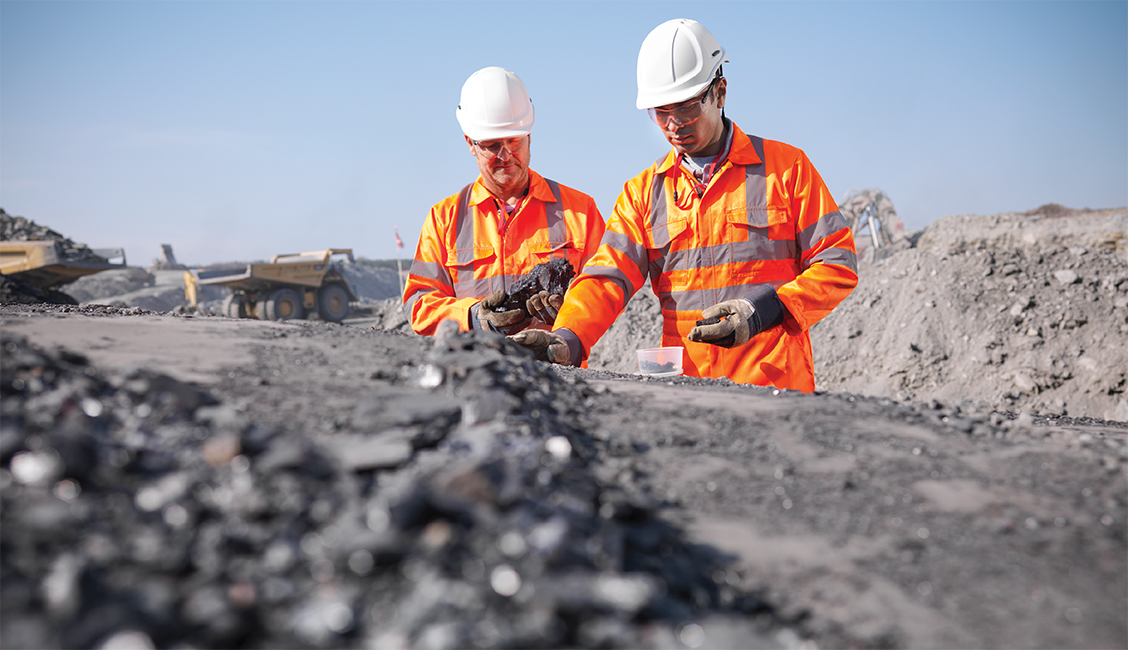Article content
When you imagine digitally progressive businesses, most people conjure images of technology, media, or even manufacturing organisations. These organisations have certainly been the most vocal in their enthusiasm for incorporating technology to improve workflows and promote business transformation.
Yet, Telstra’s Connecting Commerce research led by The Economist Intelligence Unit found that it is the mining industry which ranks first in terms of business confidence in the local digital transformation environment, in a survey of 2,620 executives across 11 industries and 45 cities.
Far more executives in mining agree that their organisation has so far met all or most of their digital transformation objectives (73%), compared with the industry average (59%).
Indeed, digital solutions in mining are being used across a wide variety of business applications, including improving safety, enhancing processing and production, lowering costs, optimising mine plans, and discovering new gold.
So, why is the mining industry so successful at digital transformation?
The Connecting Commerce findings suggest one reason may be organisations’ key drivers for change. Across the mining industry, the majority (51%) of executives cited developing innovative ideas as their primary motivation. Meanwhile, the leading factor for many other industries were cost savings (48% across all industries) or improving operational efficiencies (47% across all industries).
That focus on improving innovation, rather than reducing cost, is partnered with a commitment to implementing underlying systems and change management that ensures widespread adoption of new technologies.
That focus has seen many mining firms move well past the pilot phase in their digital transformation journey. For example, we’re seeing mining giants like Rio Tinto expanding its autonomous truck fleet to 100, taking advantage of the advances in driverless vehicle technology in the past decade. The digitisation and automation of mining has improved safety and productivity, as well as helping to overcome skill shortages within the industry.
Digital transformation in mining extends beyond robotics and automation of labour. The industry is using data and analytics to develop probability strategies for machine maintenance, using smart grids for power usage, and reporting and equipping machinery with sensors to help in finding resources faster and more accurately. These investments in innovation are driving new revenues and improving employee safety.
It’s no surprise that government bodies, research organisations, and companies from a range of other industries are beginning to take notice of mining firms as an example of leading the way when it comes to digital innovation.
Indeed, Telstra’s research found mining executives are more likely than all other industries to say that city authorities and academic institutions consult them about required digital skills (66% and 64% respectively, compared with 53% and 51% respectively for all industries).
Yet, however far along the digital transformation journey, the mining industry is not without its challenges when it comes to developing digital strategies. Like many other industries, it faces issues such as the costs associated with replacing existing technical infrastructure and applications, and digital skills shortage.
But the industry is equipped with the right mind set for success because of its ongoing focus, with mining respondents in Connecting Commerce more likely to say that digital transformation will be “very important” to their organisation over the next three years (58%), compared with respondents in all industries (47%).
Understanding that digital transformation is an ongoing effort – without a finite end-point – is as essential as recognising the need for it. For the mining industry, acknowledging that it still has more to achieve, no matter how far ahead it is, puts it in good stead for success in its transformation journey.

